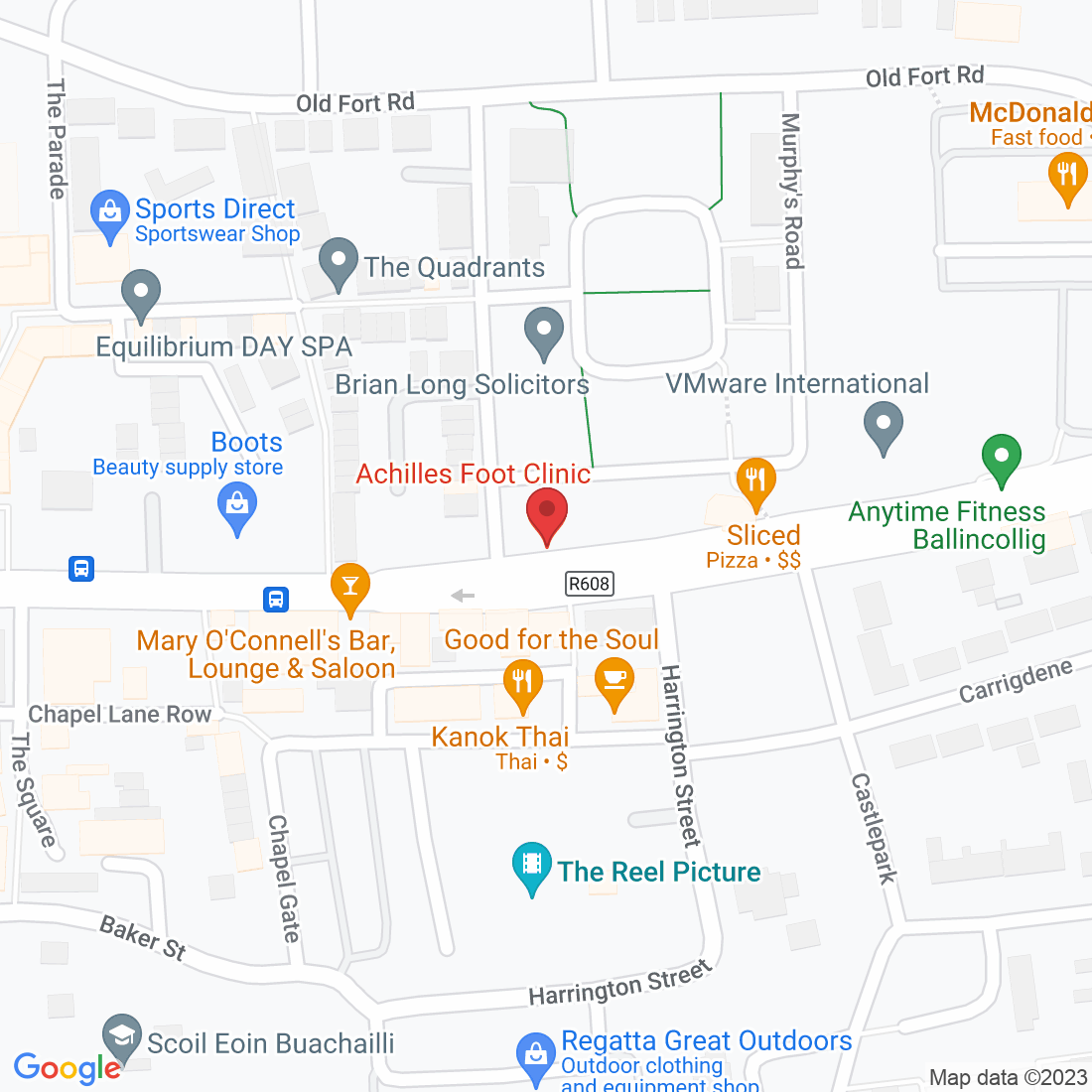
We have all been there, neglected a niggle in our foot and told ourselves that it would probably go away. Weeks have passed, even months, and it’s only getting worse. Then finally, when we are hobbling around barely able to walk, we decide to seek help…
Well, at Achilles Foot Clinic, we are here to help you.

Knee Pain Uncovered: What's up with Patellofemoral Syndrome?
I want to talk to you about something that might ring a bell if you've ever experienced nagging knee pain. It's called Patellofemoral Syndrome, or PFS for short. Don't let the fancy name scare you off – we're going to break it down in plain English.
Knee Troubles 101
Imagine this: You're out for a jog, and suddenly, your knee starts acting up. It feels like someone's taking a tiny hammer to your kneecap with every step. Ouch! That's a classic symptom of Patellofemoral Syndrome.
What's Patellofemoral Syndrome All About?
Patellofemoral Syndrome is like a grumpy neighbour who lives in your knee joint. To understand it better, we need to know a bit about our knee's anatomy. Think of your kneecap (the patella) as a sweet little cushion that sits in a groove at the front of your thigh bone (the femur). This groove is a track where your patella glides when you bend or straighten your knee.
Now, picture this: If something disrupts the balance in this system – like the way your patella moves – you end up with PFS. It's like your knee's way of saying, "Hey, something's not quite right down here!"
Why Does PFS Happen?
So, what causes this knee conundrum? Well, there are a few common culprits:
Muscle Imbalances: Sometimes, certain muscles around your knee can become stronger or tighter than others. This can pull your patella out of alignment, leading to PFS.
Overuse or Overloading: If you're into activities that involve lots of knee bending, like running or squatting, you might be overloading your knee joint. Too much, too soon, can trigger PFS.
Trauma or Injury: A direct blow to your kneecap or a fall can cause PFS by disrupting the harmony of your knee joint.
Anatomy Matters: Sometimes, the way your knee is built genetically can play a role. A shallow groove or the way your bones are shaped can make you more prone to PFS.
How to Tame the Knee Beast
Now that we know what PFS is all about, let's talk about how we can make peace with this grumpy neighbour in your knee.
Rest and Ice: First things first, if you're experiencing knee pain, give it some TLC. Rest up, ice your knee, and let it heal. It's like a mini-vacation for your kneecap.
Podiatry: A good podiatrist can be your knee's best friend. They'll help you work on those muscle imbalances, strengthen the right muscles, and improve your knee's alignment.
Braces and Taping: Sometimes, a knee brace or taping can provide some extra support while your knee heals. Think of it as a gentle hug for your kneecap.
Footwear: Believe it or not, the shoes you wear matter. Proper footwear can help with alignment and cushioning, reducing the strain on your knee.
Patience: Healing takes time. Be patient with your knee and yourself. Rushing back into activity too soon can lead to a crankier knee.
Patellofemoral Syndrome might be a mouthful, but it doesn't have to be a pain in the knee. With the right care and attention, you can tame the knee beast and get back to doing the things you love. So, if you're dealing with knee pain, don't hesitate to reach out to a healthcare pro like yours truly. Your knees will thank you!
If Your Knee Pain Is Slowing You Down Call Us Now On 0212021001
Or
Fill Out The Form Below & One Of The Achilles Foot Clinic Team Will Call You Back
Ask Lorcan And His Team
Fill in the form to request a Call From Our Team
Fill in the form to request a Call From Our Team
One of our team will call you for FREE and answer any questions or concerns you may have about Bunions.
One of our team will call you for FREE and answer any questions or concerns you may have about your uncomfortable Bunions.








